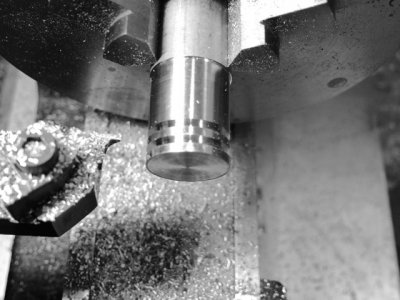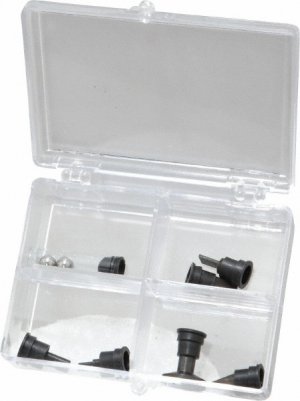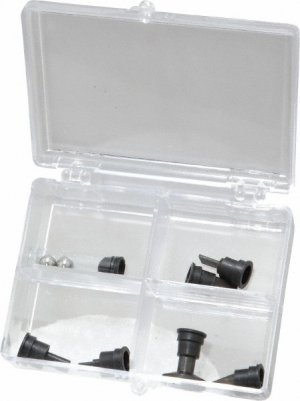- Joined
- Jan 24, 2015
- Messages
- 239
Dear All,
I am cutting some piston grooves on a steam engine model. The are to be 0.054 +0 -.005 in depth, and 0.050 +/-.002 in width.
So, I cannot use my usual trick of measuring across something round of known size that sits in the groove (the groove is deeper than it is wide).
How would you go about confirming the depth of these grooves?
Thanks,
Tom
I am cutting some piston grooves on a steam engine model. The are to be 0.054 +0 -.005 in depth, and 0.050 +/-.002 in width.
So, I cannot use my usual trick of measuring across something round of known size that sits in the groove (the groove is deeper than it is wide).
How would you go about confirming the depth of these grooves?
Thanks,
Tom




